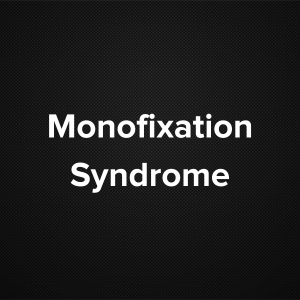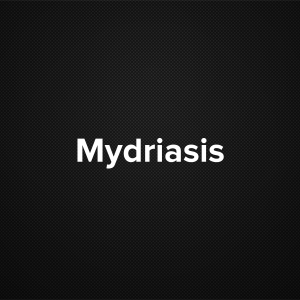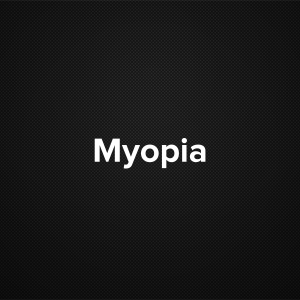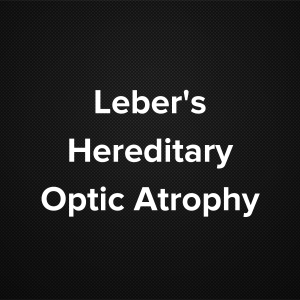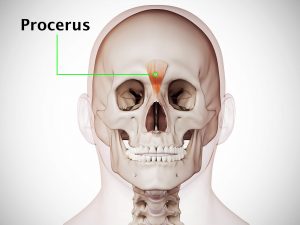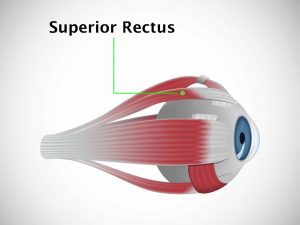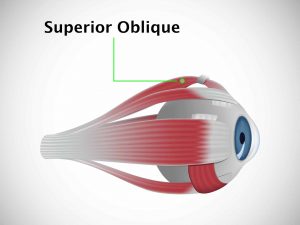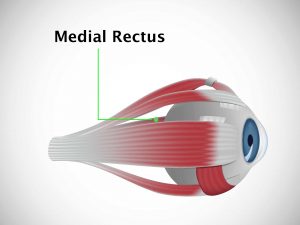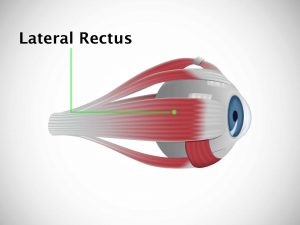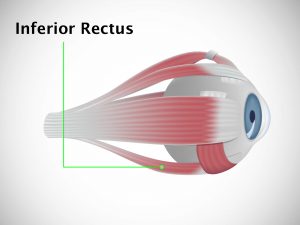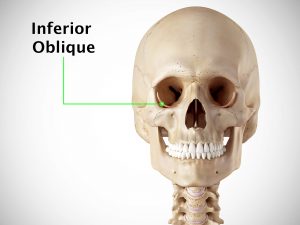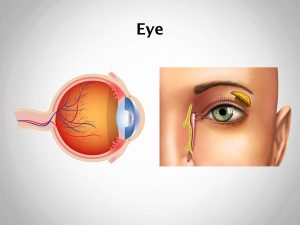Causes and risk factors
Under normal circumstances when we look at any object the object reflects light rays which focuses on a small area on the retina of the eye. The cornea and the lens help in focusing the light. This information is processed by the brain and leads to a clear perception of the seen object. However in hypermetropia, the light rays from the seen object focuses on an area behind the retina. Thus the object seen appears blurred. This occurs as a result of a short eyeball, a flattened cornea or an inflexible lens.
Hypermetropia is a hereditary condition caused due to genetic changes. Very rarely secondary causes such as diabetes, microphthalmia or vascular disorders of the retina can lead to hypermetropia.
Clinical presentation
Hypermetropia is usually present since birth and leads to impairment of near vision. Objects at a near distance appear blurred. Reading and writing becomes difficult. However, their distant vision is clear unless the degree of hypermetropia is very severe. The eyes have to strain excessively in order to improve vision, eventually leading to asthenopia, headache, etc. They tend to have blurring of vision, amblyopia, and strabismus. There is a dysfunction of accommodation and binocular vision. The visual acuity as well as the visual perception is reduced.
Investigations
A complete ophthalmic examination is performed in order to test the eye structures, eye pressure, eye muscles, and the color vision. The patient tends to read well on the Snellen eye chart since it assesses the distant vision. However, they find it difficult to read the Jaeger eye chart since it assesses the near vision.
Treatment
The refractive error of hypermetropia can be corrected using prescription spectacles (convex lens) or contact lenses. Surgical intervention using lasers (LASIK, LASEK, photorefractive keratectomy) can correct the refractive error permanently. They do so by reshaping the cornea.
LASIK is the most commonly performed procedure and it stands for ‘laser assisted in situ keratomileusis.’ A thin layer is removed from the cornea and the shape of the cornea is curved.
Other surgical procedures such as thermokeratoplasty or radial keratocoagulation may be employed.
Complications
Untreated hypermetropia frequently gives rise to formation of strabismus or amblyopia. Other complications include glaucoma and crossing of eyes.
When to contact a doctor
Contact a doctor as soon as you experience difficulty in visualizing near objects. Children who tend to stand very close to the television must undergo an ophthalmic evaluation to rule out hypermetropia.
Facts and figures
The worldwide estimate of the total number of people suffering from refractive errors ranges from approximately 800 million to 2.3 billion.
(Reference: International Society for Geographic and Epidemiologic Ophthalmology)
Systems involved
Ophthalmology
Organs involved
Eyes

